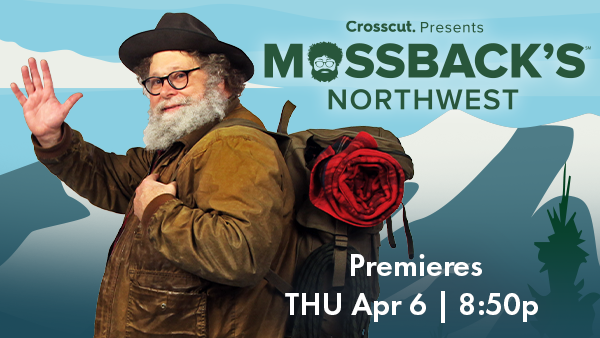For wolves, cattle wandering into their natural habitat are an abundant source of food. For ranchers, wolves threaten their families’ livelihoods — with many considering the laws protecting wolves as being influenced by urban lawmakers unaccustomed to rural realities.
Range Rider Daniel Curry, a self-identifying “wolf-protecting cowboy,” rides the line between these cultures in search of common ground. Curry crosses the ridgeline on his horse Griph overlooking the 30,000 acres he protects. Within that swath of trees, pastures and rocky terrain, he’s charged to protect two packs of wolves and 150 cattle.
“It’s a lot of space to cover, especially for one guy and his horse,” Curry said.
His role requires him to be an ambassador to both species: He deters wolves from encroaching on human landscapes, but he also educates and partners with local ranchers on non-lethal methods of wolf deterrence.
For Curry, saving wolves means abandoning long-held notions of protecting them by any means necessary. Instead, it requires understanding the culture of ranching and the lifestyle of Washington’s eastern half.
“We often see wolf recovery as a number that we have to meet and then we’re good,” Curry said. “I don’t believe that. I think wolf recovery happens when we’ve cultivated that want for the community to have wolves on the landscape.”



